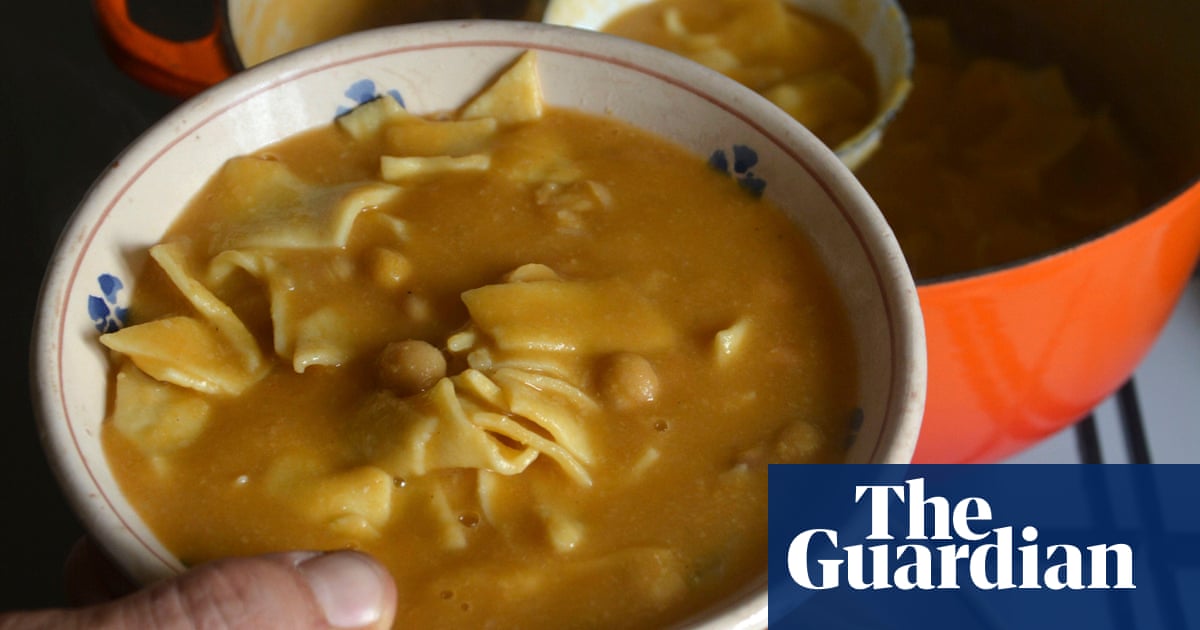Al cartoccio is the Italian form of en papillote, meaning “contained” or “in paper”, which is an effective cooking method that traps the moisture (and flavour) released from the ingredients and creates a steamy poaching chamber – it’s a bit like a Turkish bath for food! Once out of the oven, but still sealed, the scented steam trapped in the paper returns to liquid and creates a brothy sauce. Fish with firm white or pink flesh that breaks into fat flakes is particularly well suited to cooking al cartoccio, both whole fish (cleaned and on the bone) and individual filets (estimate 110g-140g per person).
When choosing fish, keep in mind our collective default to cod and haddock, both members of the so-called “big five” that make up a staggering 80% of UK consumption. Instead, look out for other species, such as hake, huss or North Sea plaice, ASC-certified Scottish salmon, sea trout or farmed rainbow trout. For more detailed and updated advice, the Marine Conservation Society produces an invaluable, area-by-area good fish guide that uses a five-tiered system to rank both “best choice” and “fish to avoid” based on the species, location and fishing method. Also, don’t forget how well fish freezes, so always check the frozen food section, too.
Typical seasonings for fish cooked al cartoccio are lemon, parsley, olive oil and salt, maybe a dash of dry vermouth or wine, which, when combined, produce a wonderful, fresh-tasting broth. A change, and a seasonal, summery variation is to sit the fish on segments of fleshy sweet tomatoes, which (especially if the tomato is peeled and the seeds flicked away) collapse into an almost-sauce reminiscent of puttanesca, along with olive oil, slivers of garlic, small black olives and capers or caper berries. I also like a few fennel seeds or feathery fresh fennel fronds, which add a pleasing, aniseed note, if you like that sort of thing.
To protect the precious juices, I lift the pouches on to plates and let everyone open their own, but not without a warning that the steam can puff out quite aggressively. Once everyone has carefully tipped everything on to their plate, pass around buttered potatoes, rice, couscous or toast rubbed with garlic and olive oil; mayonnaise or aïoli is also great here.
The other day, I made aïoli according to Alastair Little, which was also a reason to pull his book, Keep It Simple, off the shelf. He is an advocate of the food processor for aïoli, with one egg yolk and two crushed garlic cloves for every 300ml olive oil-sunflower oil added in a steady stream, plus lemon juice and white pepper to taste. It’s an emphatic sauce for a steamy braise.
Fish baked with tomatoes, olives and capers
Serves 4
1 large, fleshly beefsteak tomato
4 tbsp olive oil
2 garlic cloves, peeled and thinly sliced
Salt and pepper
4 x 110-140g fillets firm-fleshed white fish (eg cod, bream, hake)
4 parsley sprigs
16 olives
2 tbsp capers
Fennel seeds, or feathery fennel fronds, to taste (optional)
100ml white wine
Heat the oven to 200C (180C fan)/390F/gas 6 and prepare four squares of baking paper measuring 23cm.
Peel the tomato by covering it first with boiling water for two minutes, then dunking it into cold water, at which point the skin should pull away. Cut the tomato into 12 or so segments, then discard the seeds and any white bits.
Rub the centre of the four pieces of paper with olive oil, then put a couple of segments of tomatoes in the middle of each one. Insert a sliver or two of garlic into the gaps, sprinkle with salt and top with a tablespoon of olive oil. Lay the fish fillets on top of the tomatoes, then top each one with a sprig of parsley, a couple of bits of tomato, a few more slivers of garlic, a few olives, capers, fennel seeds or fronds, if you want, some salt and pepper, and a little more olive oil.
Lift up two opposite edges of the paper and fold over, crunching the edges to form a long, sealed pouch. Lift the pouches on to a baking tray and bake for 15-20 minutes, or until the fish flakes easily with a fork and the tomatoes are very tender and sauce-like.

 2 months ago
49
2 months ago
49

















































